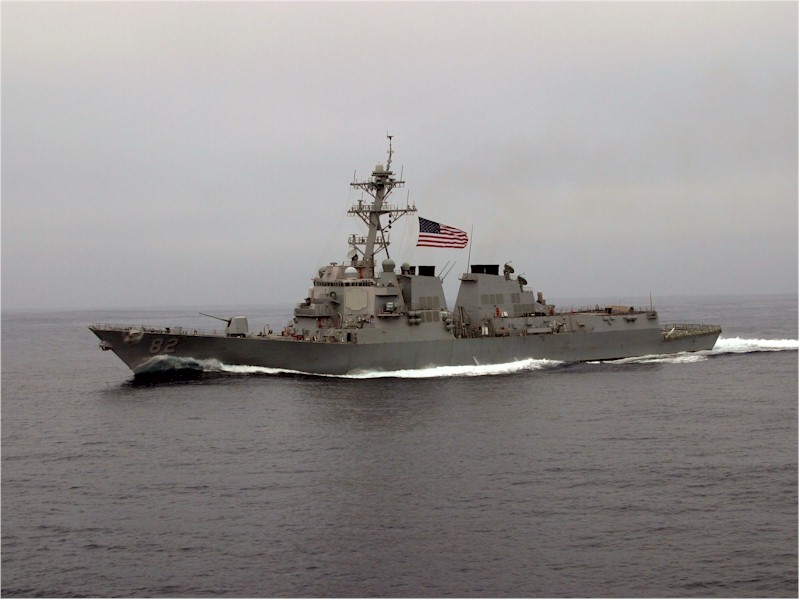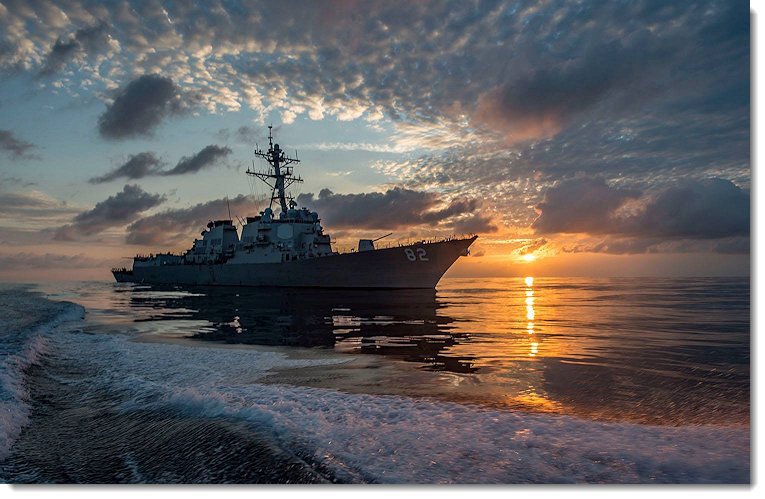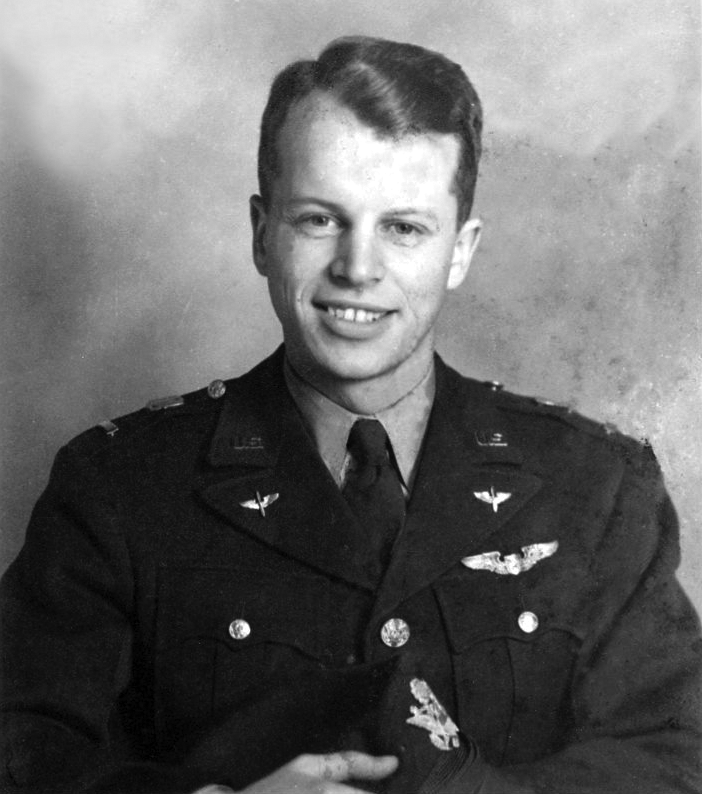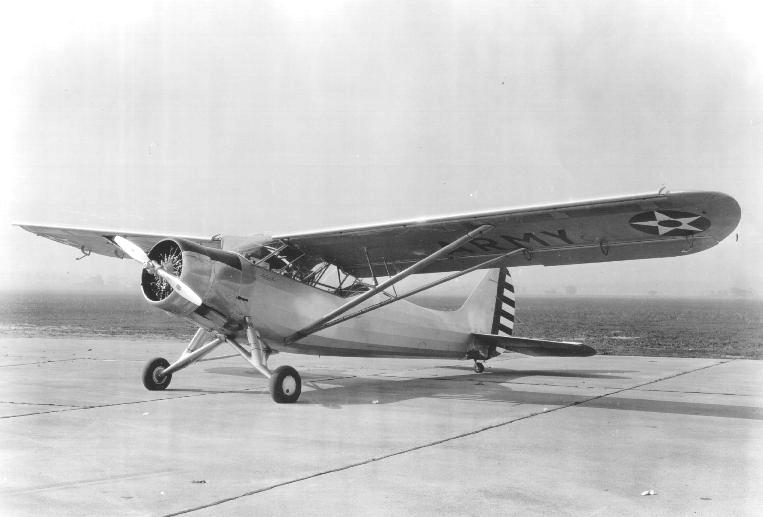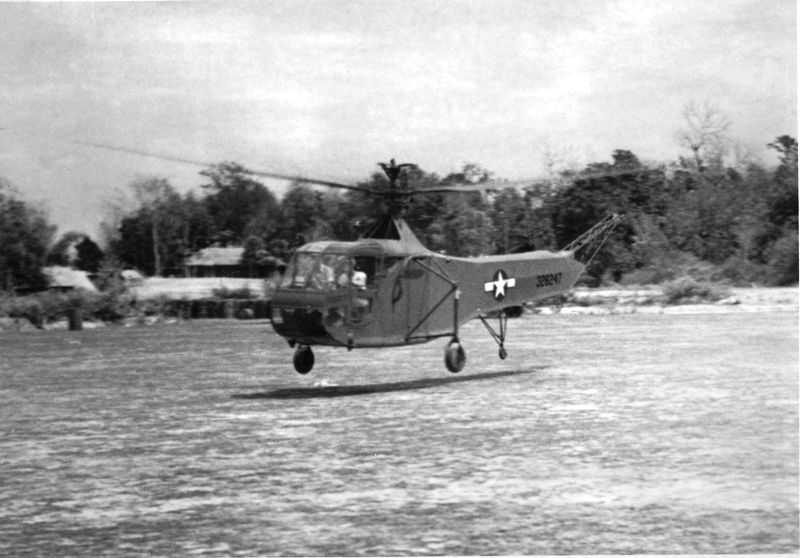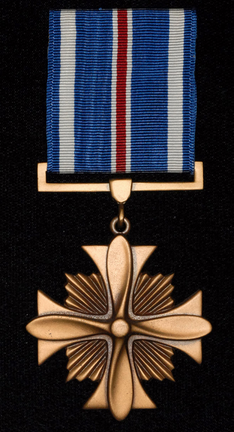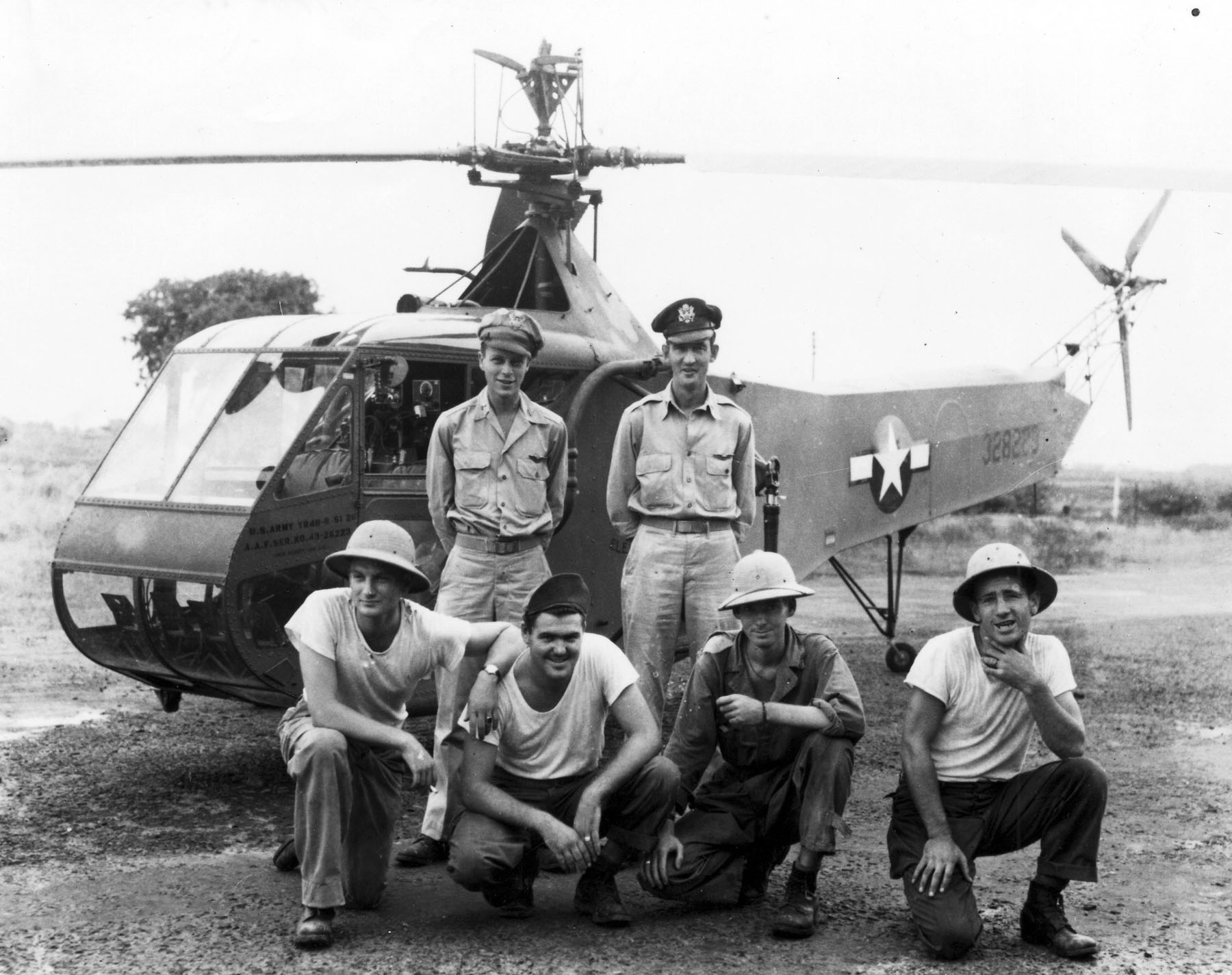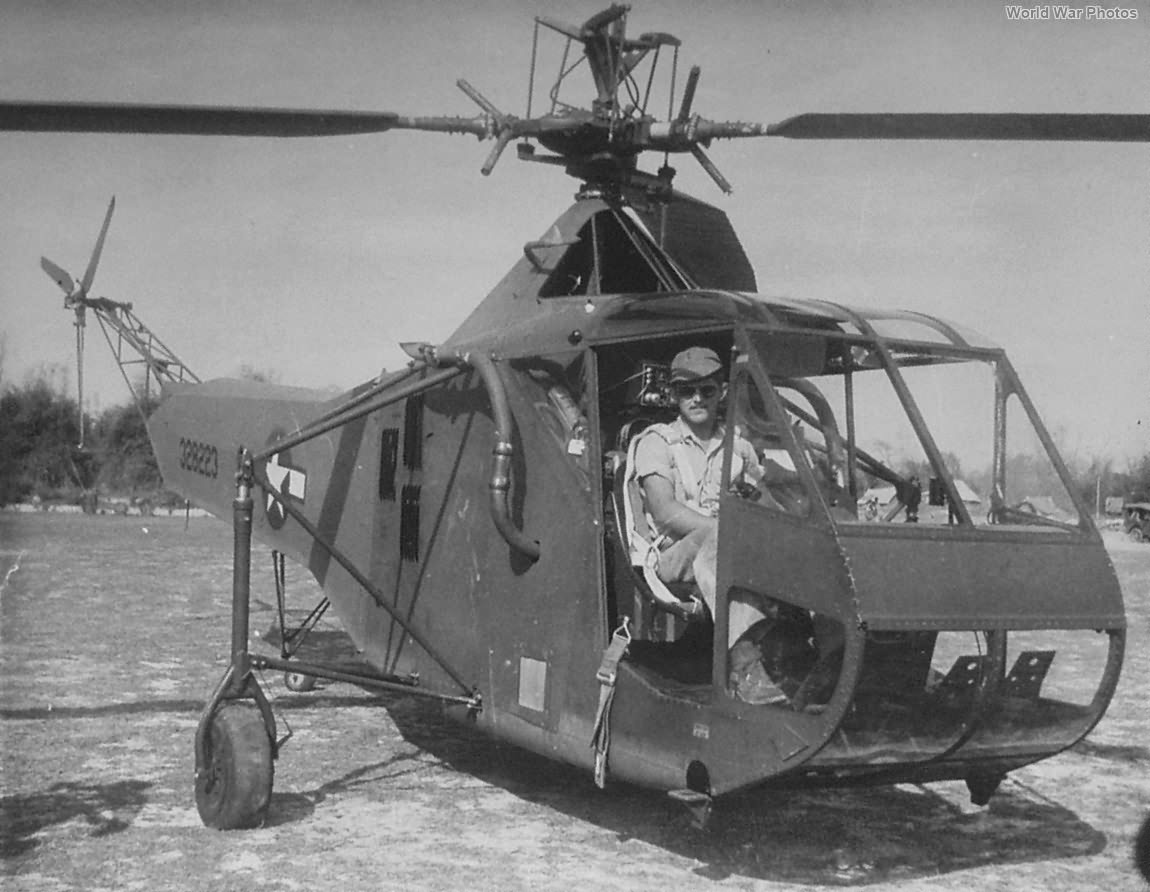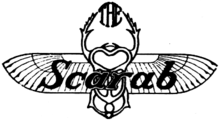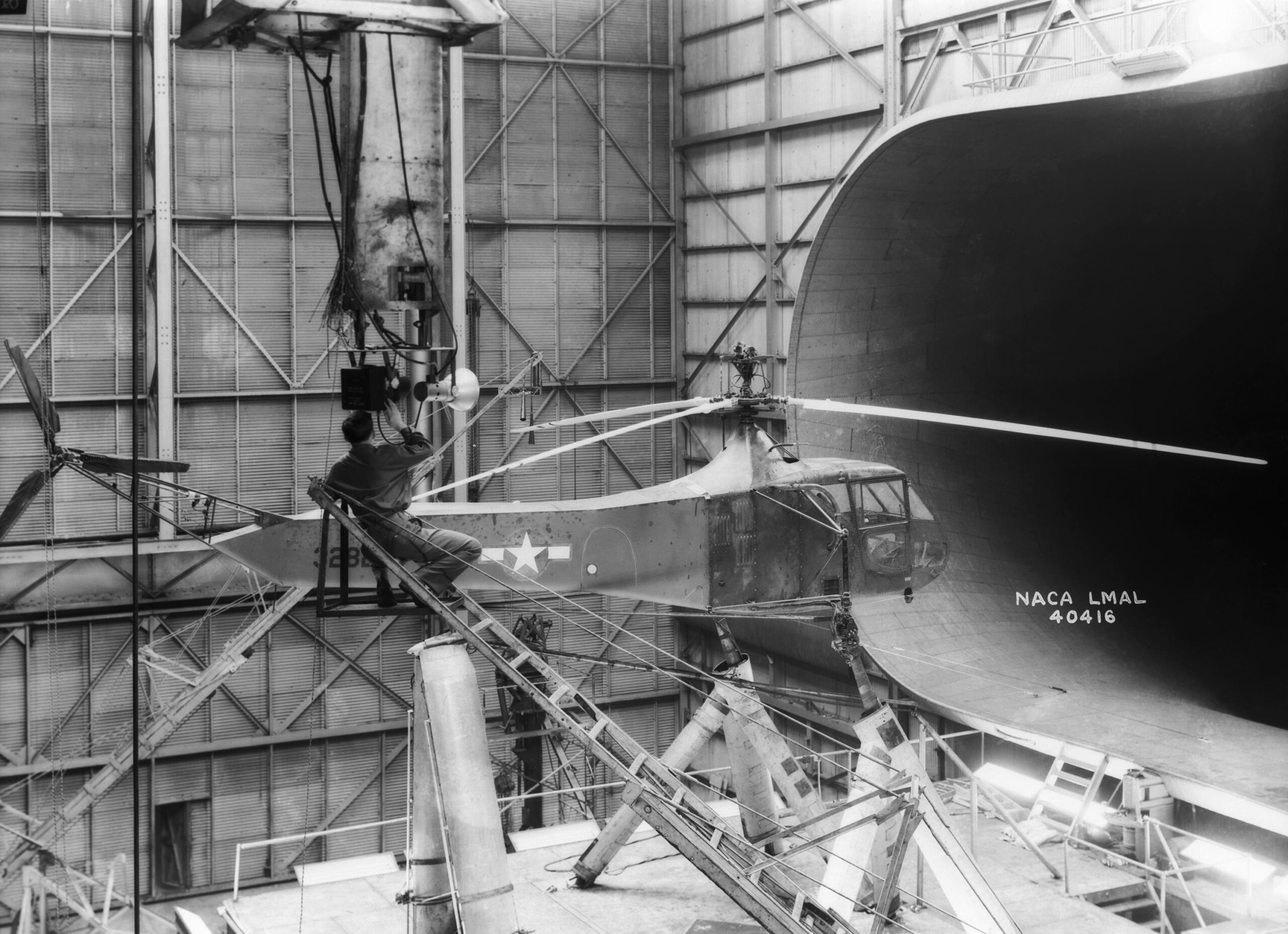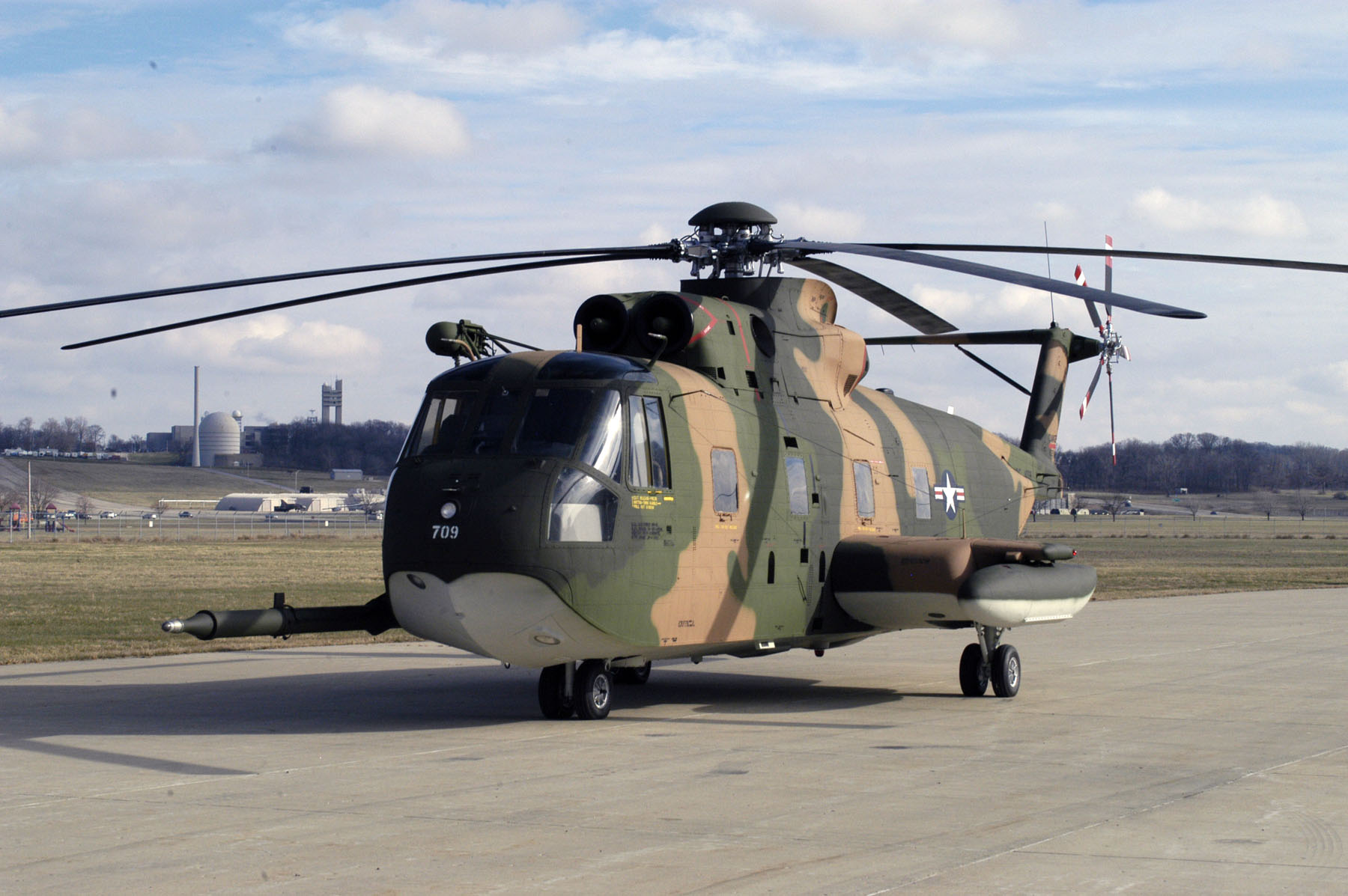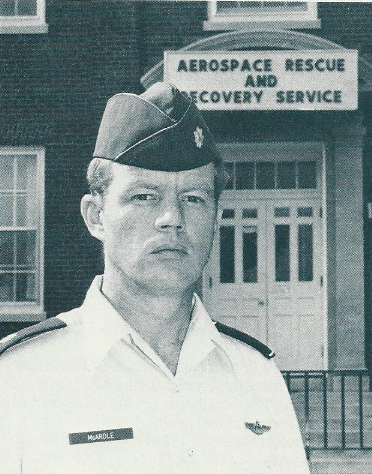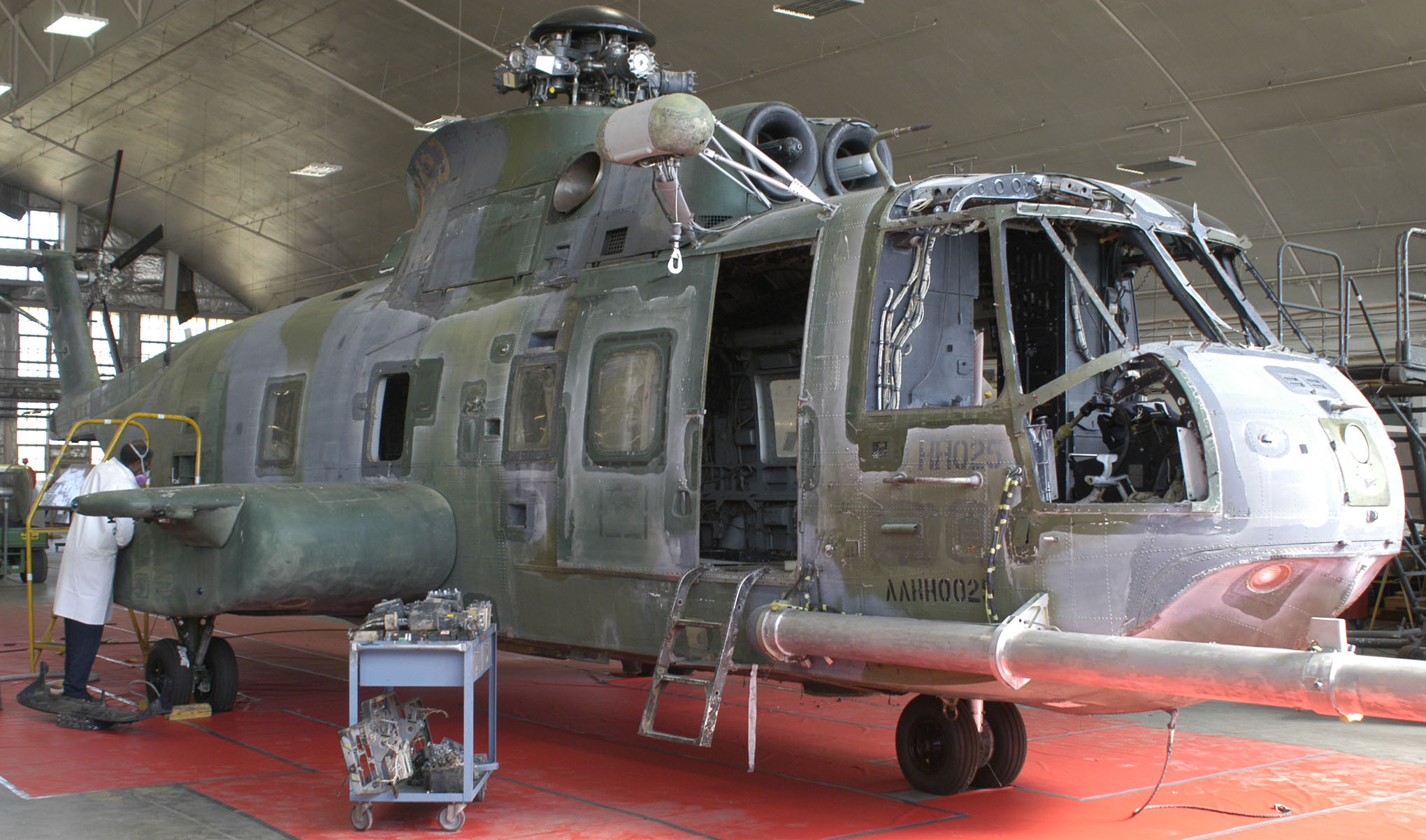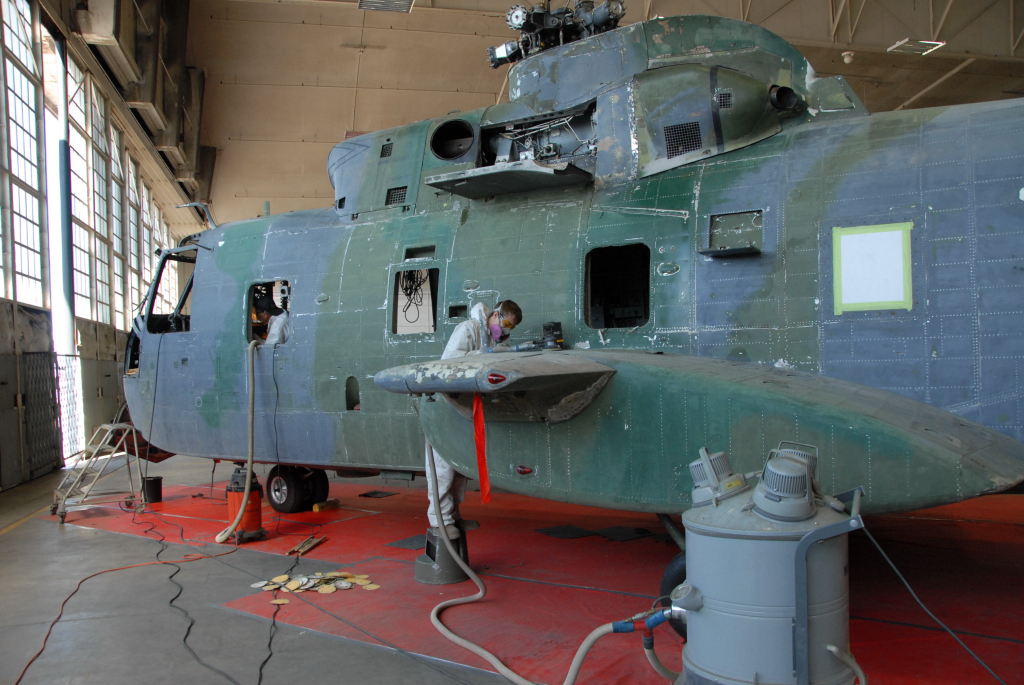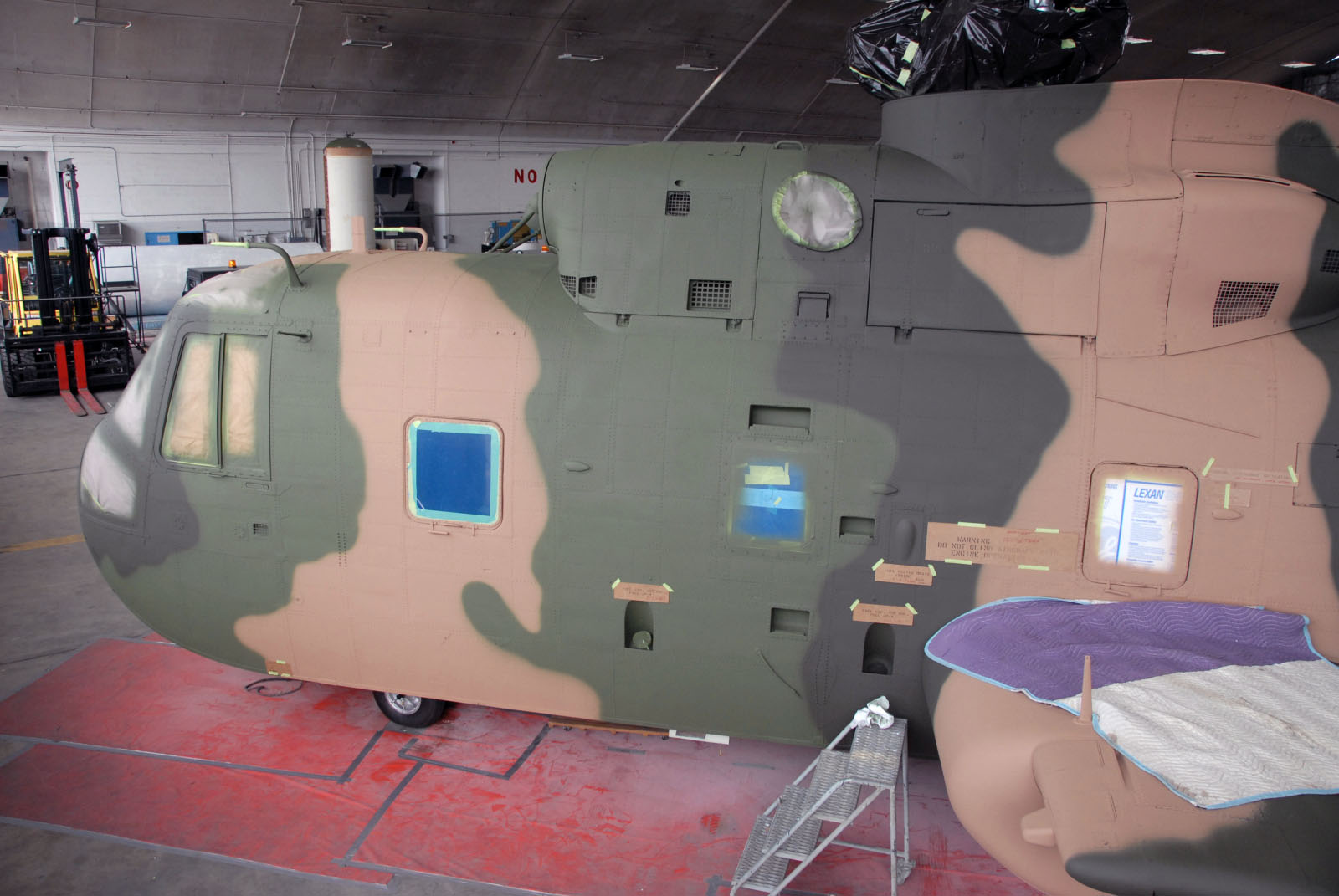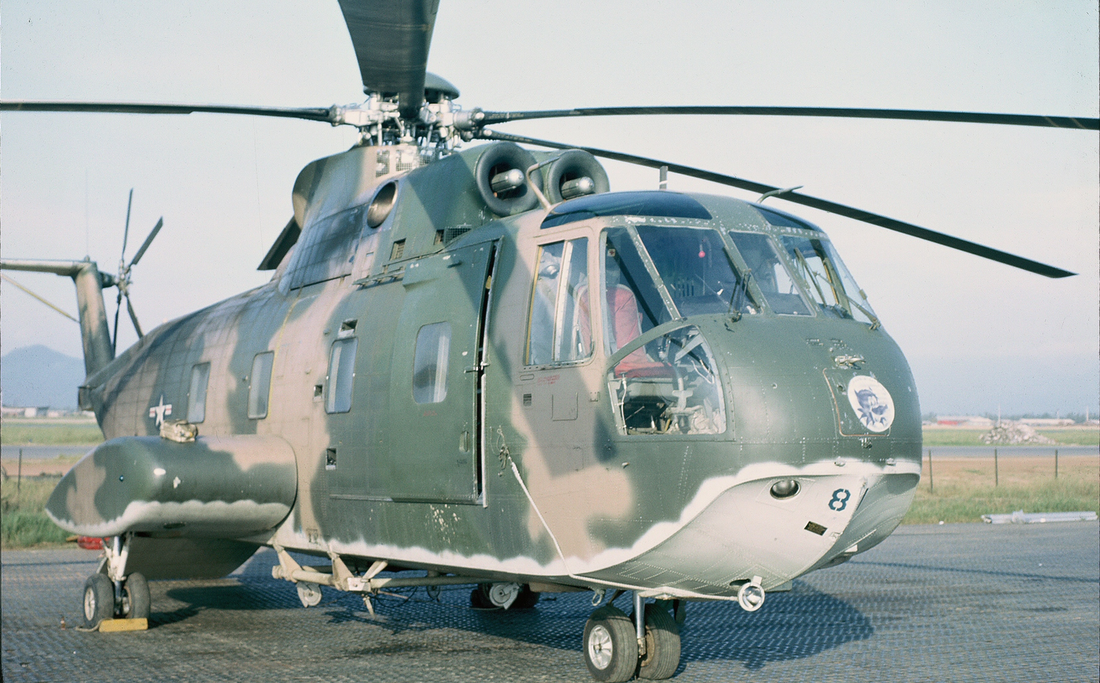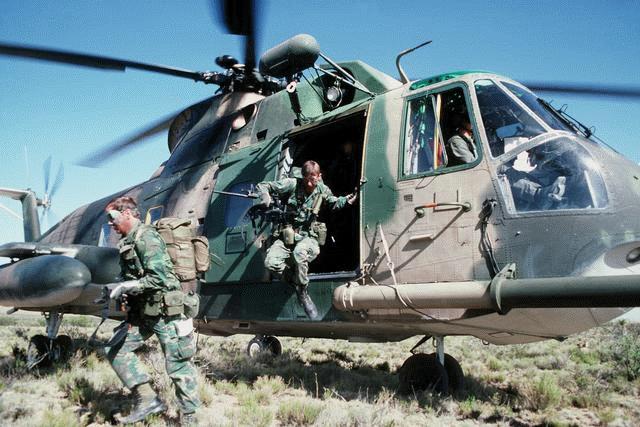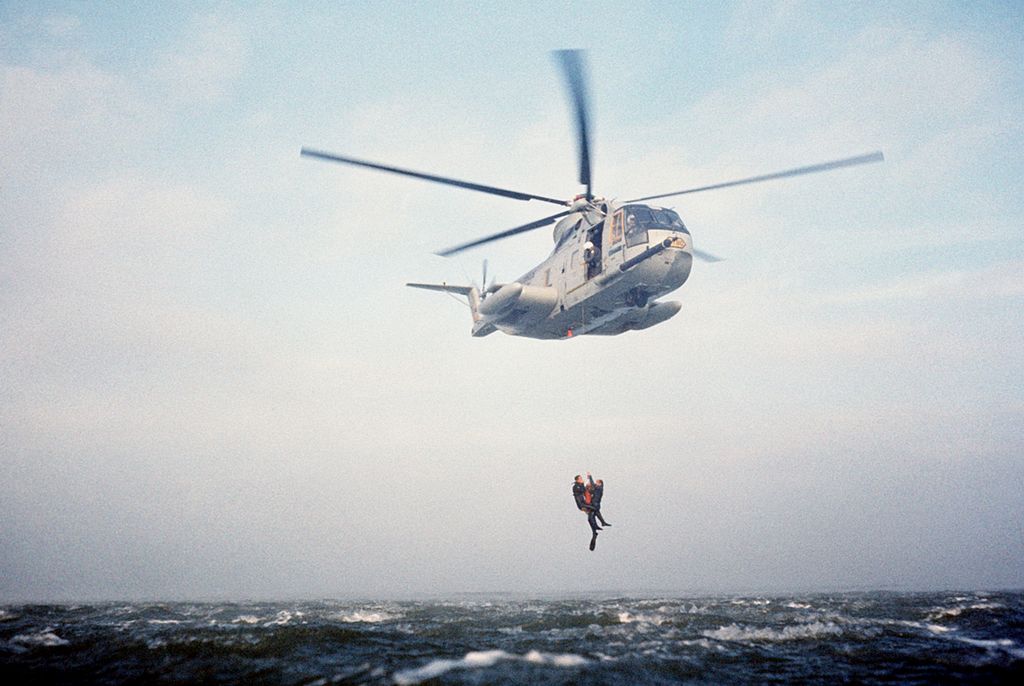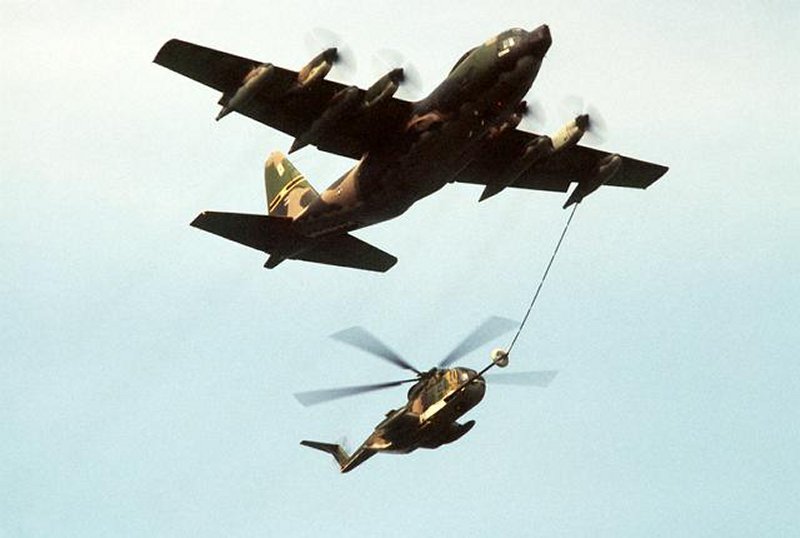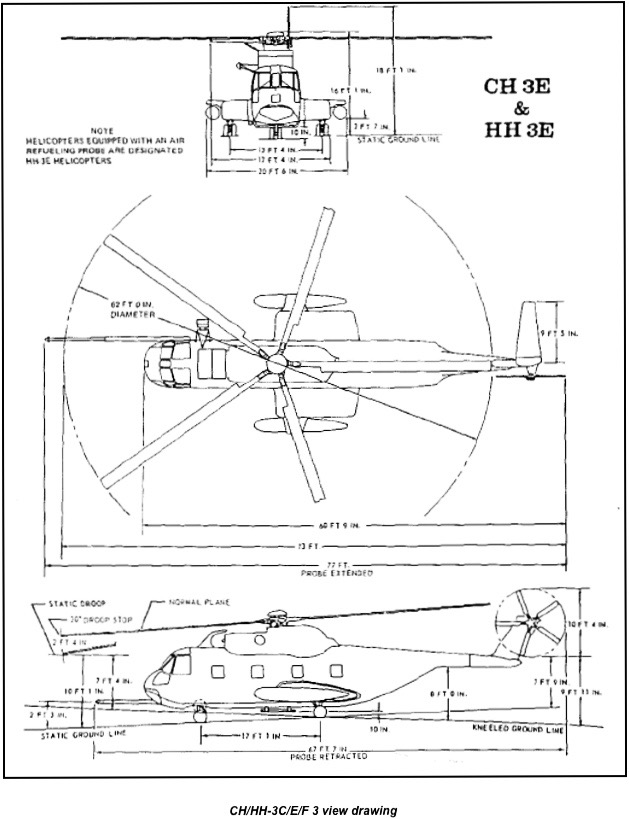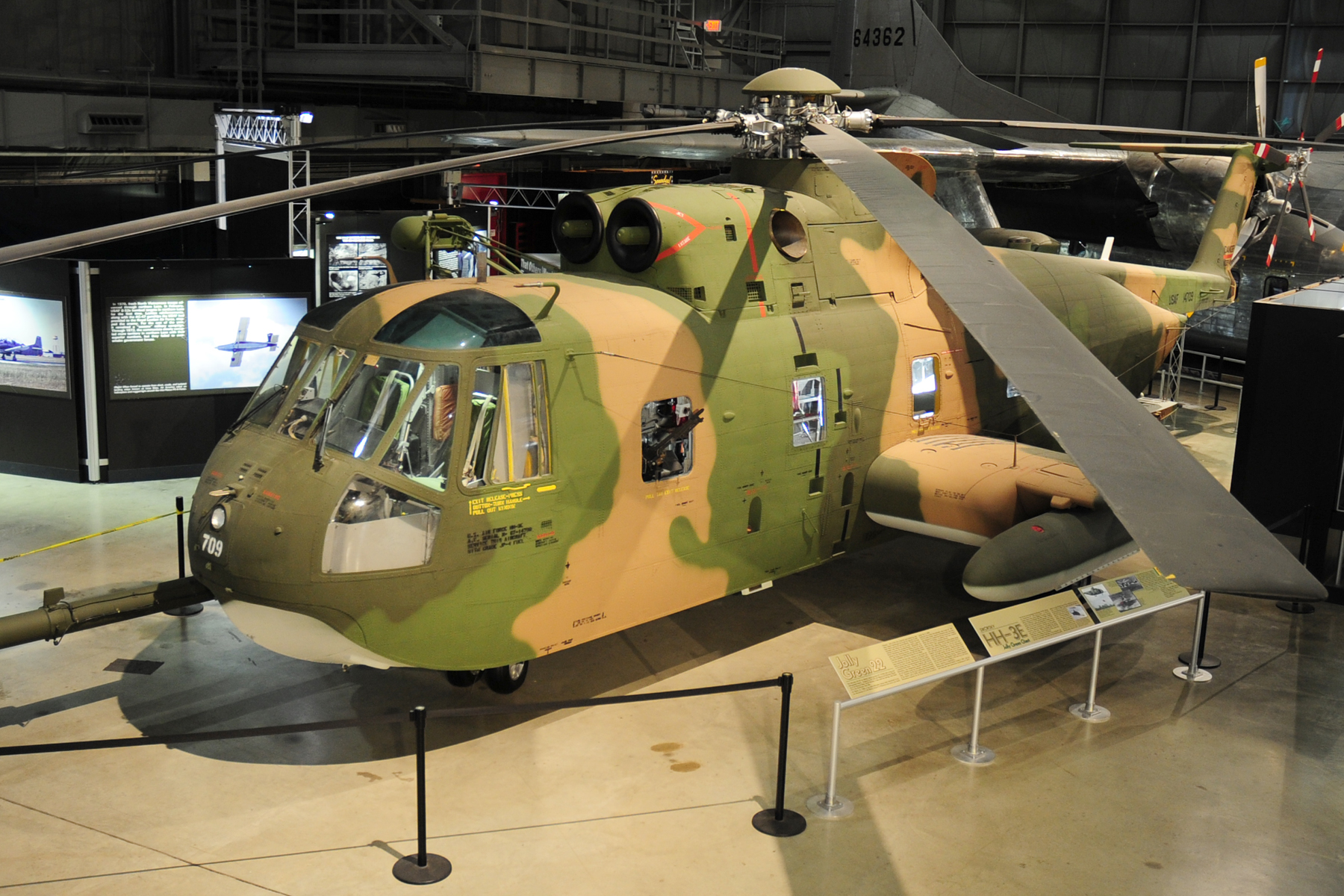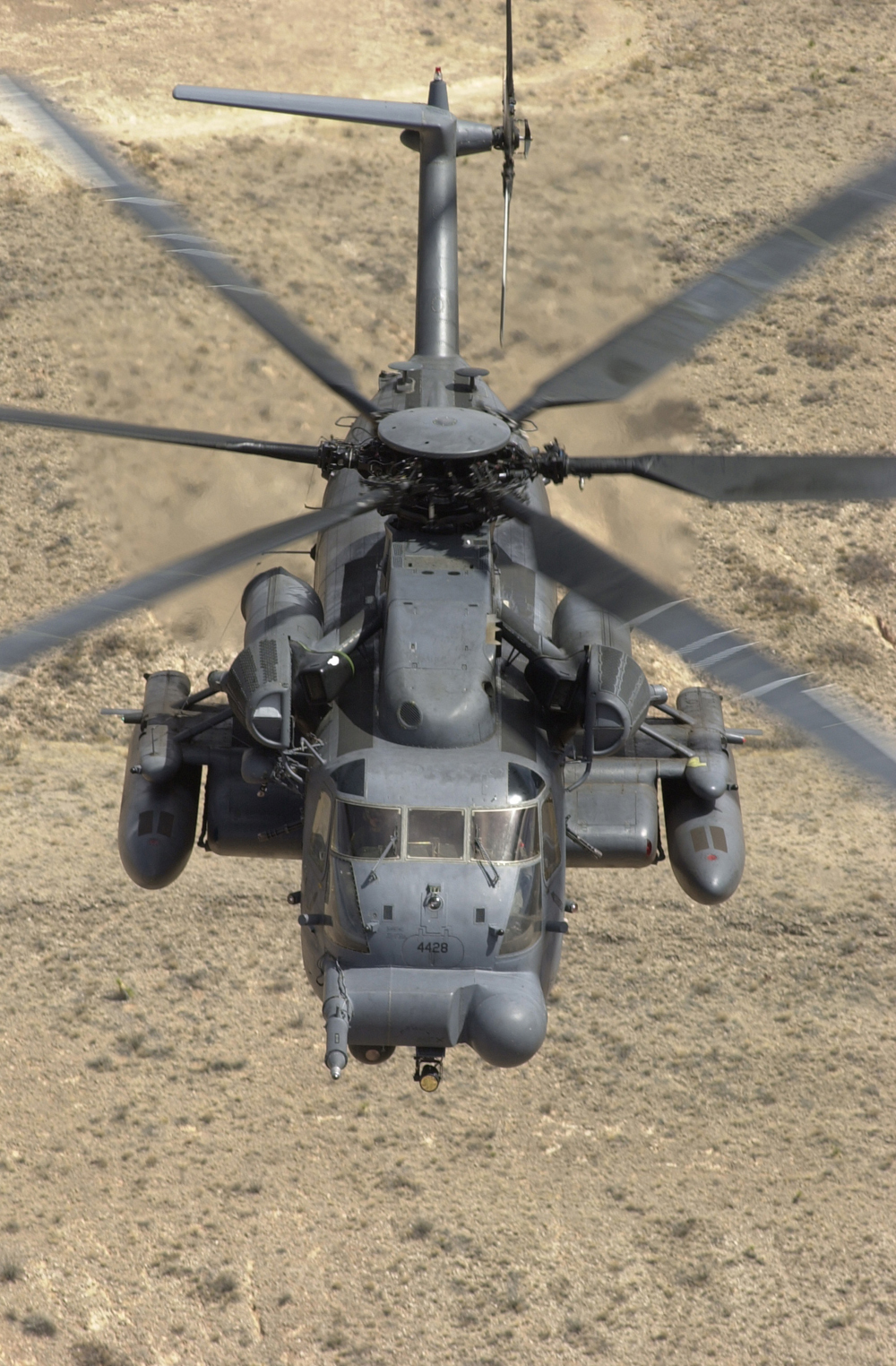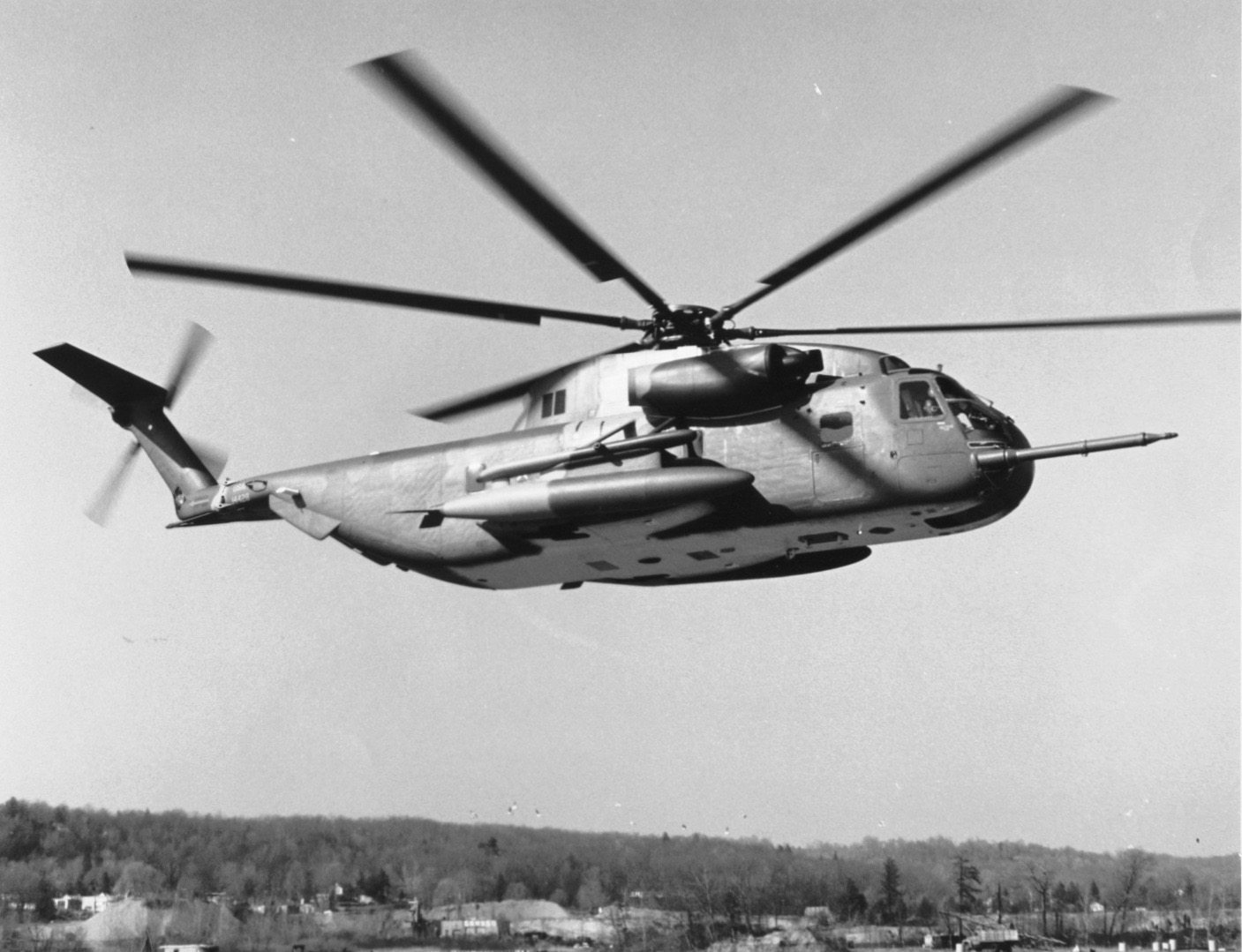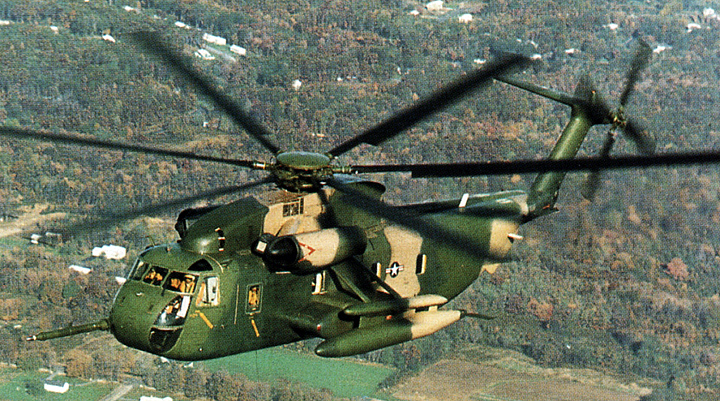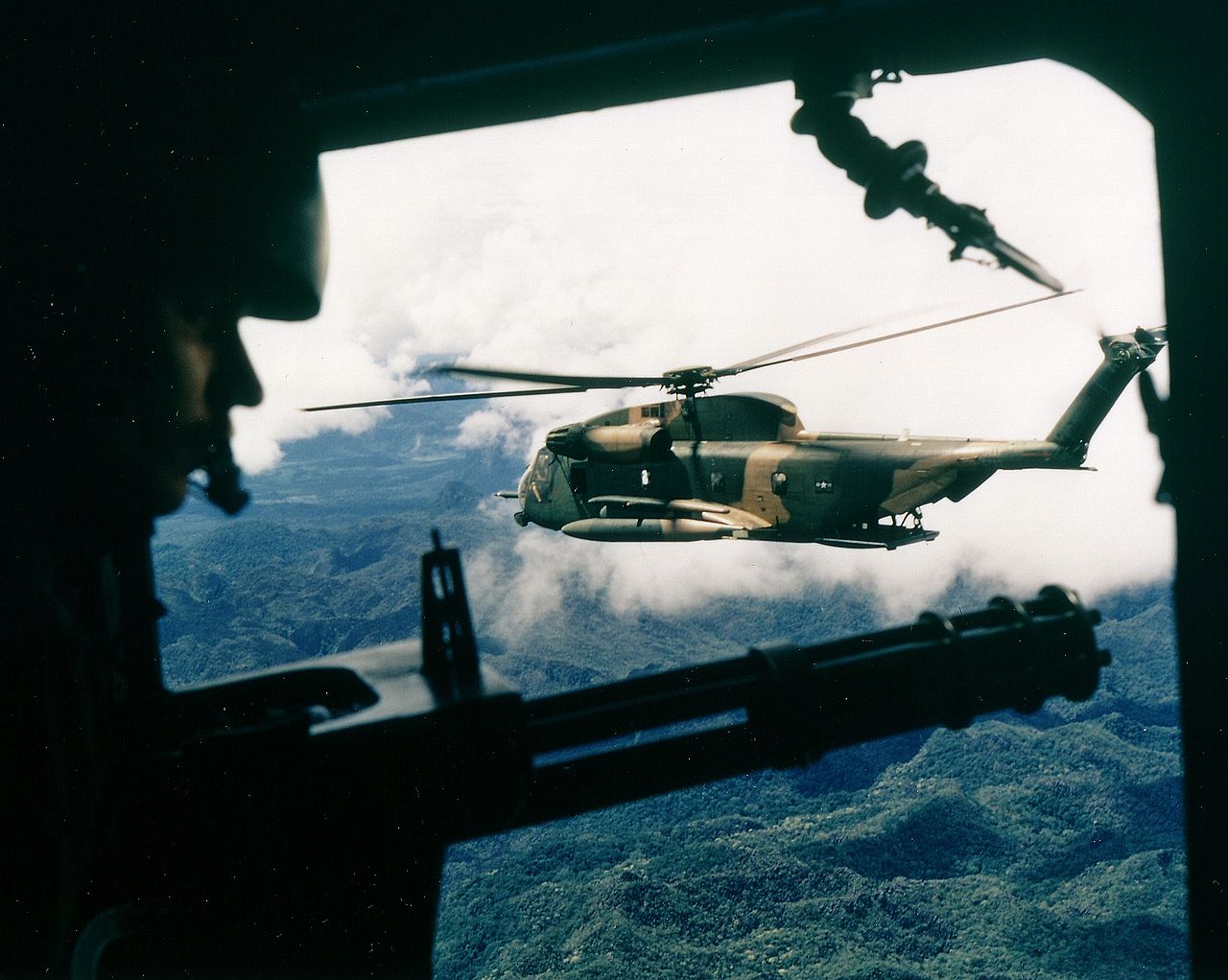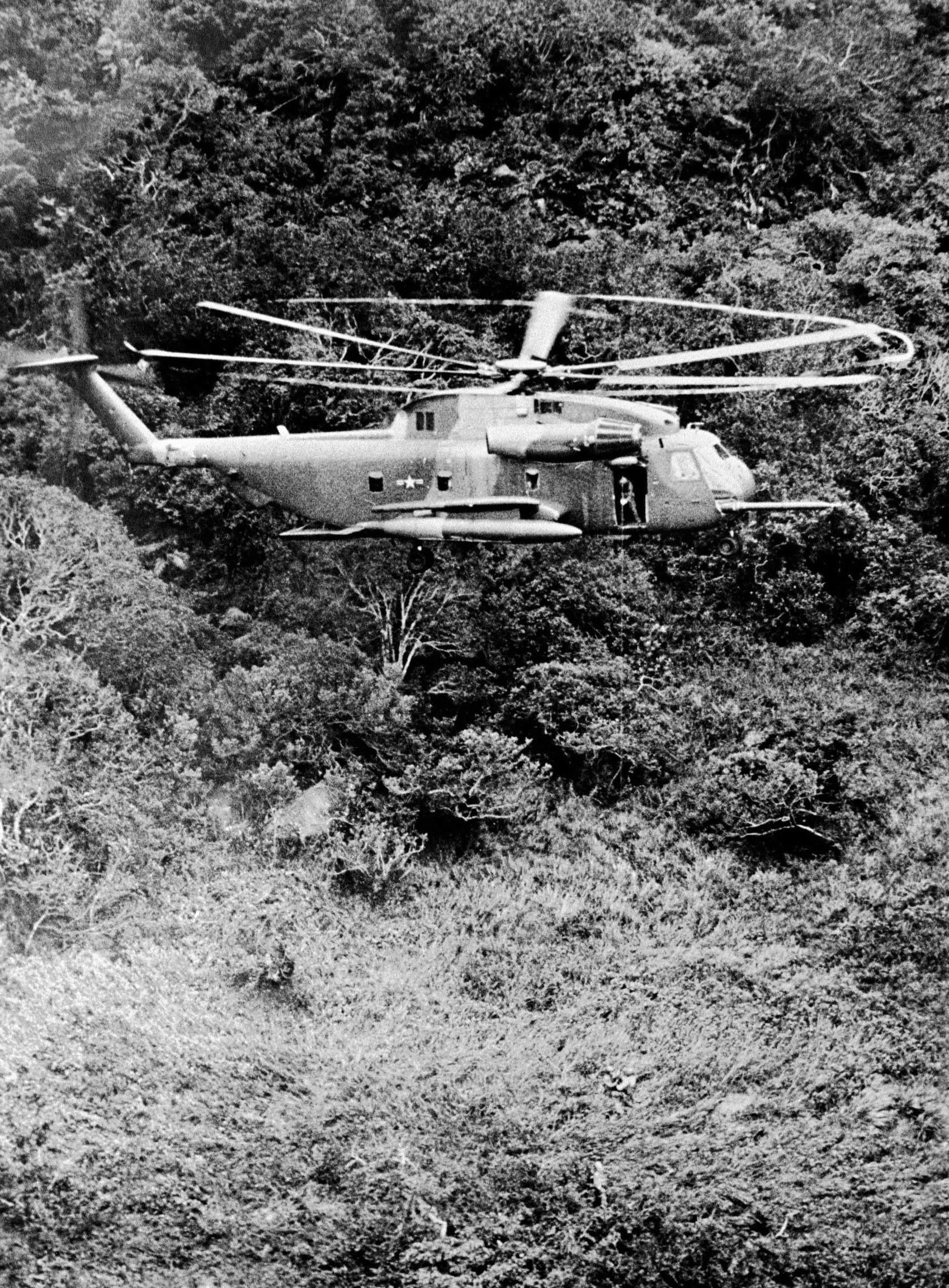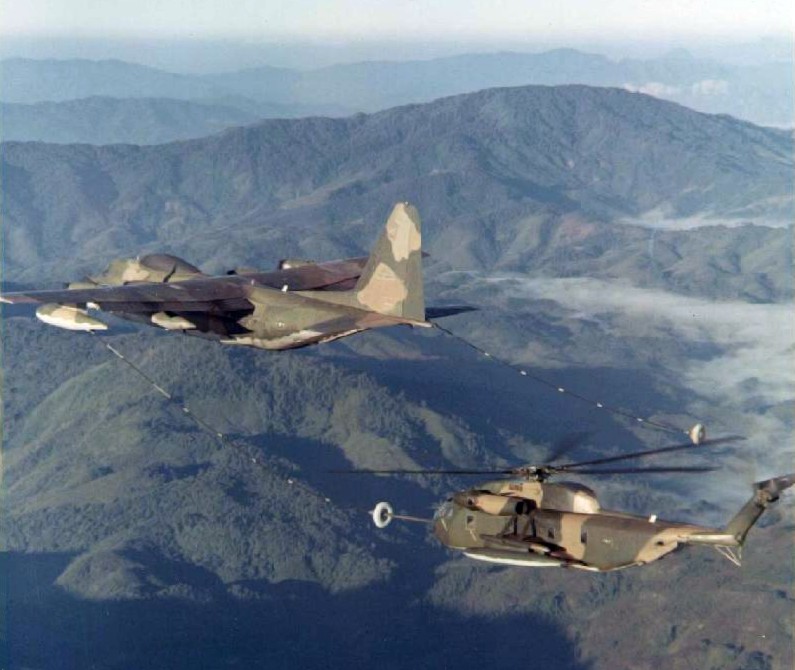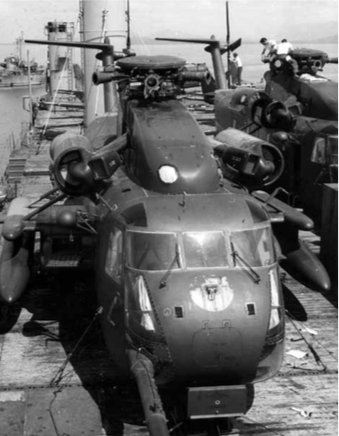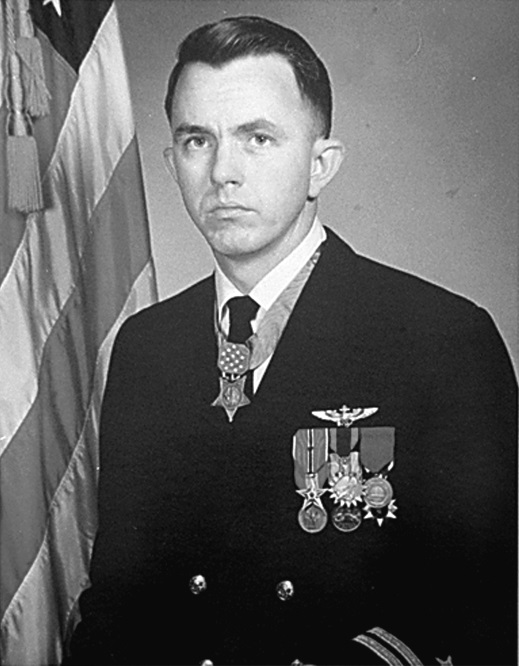
The MEDAL OF HONOR to
Lieutenant Clyde E. Lassen, United States Navy
For service as set forth in the following
CITATION
For conspicuous gallantry and intrepidity at the risk of his life above and beyond the call of duty on 19 June 1968 as pilot and aircraft commander of a search and rescue helicopter, attached to Helicopter Support Squadron Seven, Detachment One Hundred Four, embarked in USS Preble (DLG 15), during operations against enemy forces in North Vietnam.
Launched shortly after midnight to attempt the rescue of two downed aviators, Lieutenant (then Lieutenant, Junior Grade) Lassen skillfully piloted his aircraft over unknown and hostile terrain to a steep, tree-covered hill on which the survivors had been located.
Although enemy fire was being directed at the helicopter, he initially landed in a clear area near the base of the hill, but, due to the dense undergrowth, the survivors could not reach the helicopter. With the aid of flare illumination, Lieutenant Lassen successfully accomplished a hover between two trees at the survivor’s position. Illumination was abruptly lost as the last of the flares were expended, and the helicopter collided with a tree, commencing a sharp descent.
Expertly righting his aircraft and maneuvering clear, Lieutenant Lassen remained in the area, determined to make another rescue attempt, and encouraged the downed aviators while awaiting resumption of flare illumination. After another unsuccessful, illuminated, rescue attempt, and with his fuel dangerously low and his aircraft significantly damaged, he launched again and commenced another approach in the face of the continuing enemy opposition.
When flare illumination was again lost, Lieutenant Lassen, fully aware of the dangers in clearly revealing his position to the enemy, turned on his landing lights and completed the landing. On this attempt, the survivors were able to make their way to the helicopter. Enroute to the coast, Lieutenant Lassen encountered and successfully evaded additional hostile antiaircraft fire and, with fuel for only five minutes of flight remaining, landed safely aboard USS Jouett (DLG 29).
His courageous and daring actions, determination, and extraordinary airmanship in the face of great risk sustain and enhance the finest traditions of the United States Naval Service.
Lieutenant (Junior Grade) Clyde Everett Lassen was the Officer in Charge of Detachment 104 of Helicopter Support Squadron SEVEN (HC-7), the “Sea Devils,” aboard USS Preble (DLG-15). The assignment was Combat Search and Rescue.
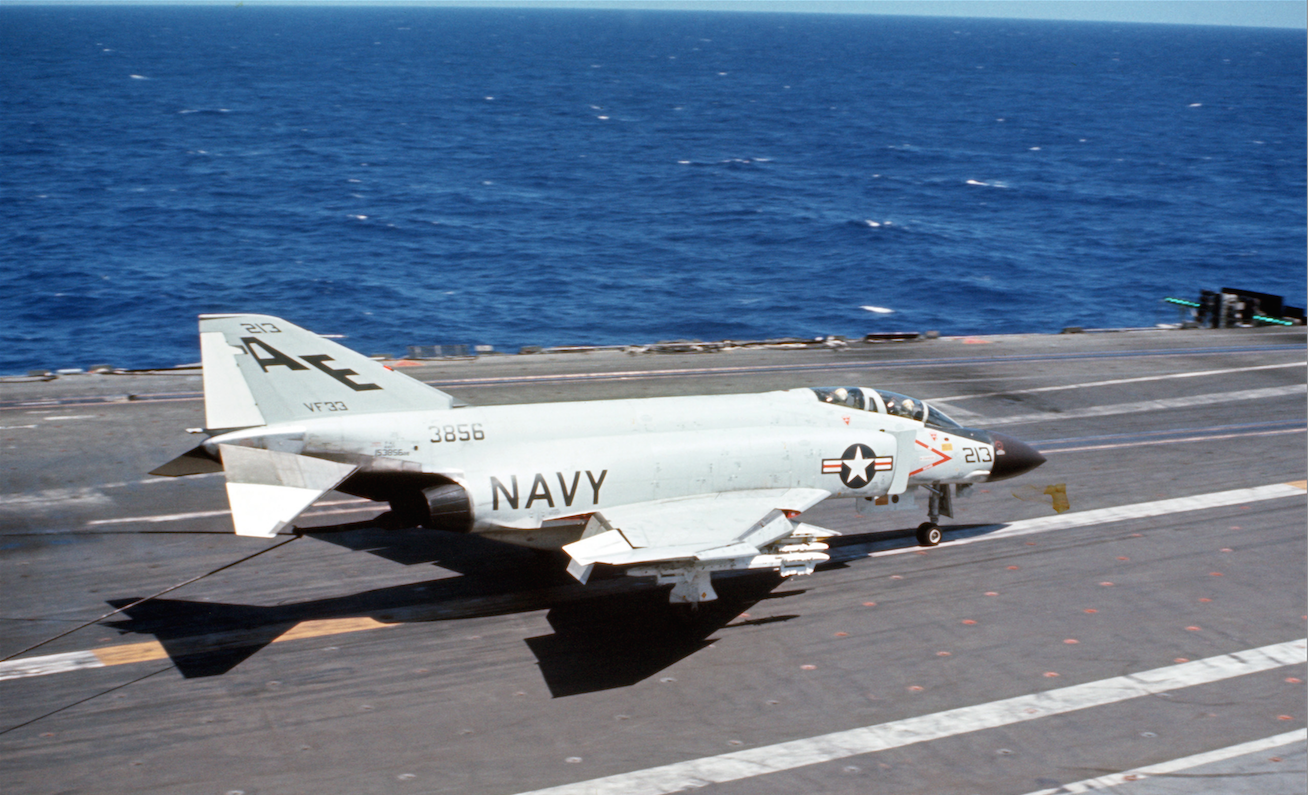
On the night of 18/19 June 1968, a flight of three aircraft from the aircraft carrier USS America (CV-66) were on a bombing mission over North Vietnam. Root Beer 210 was a McDonnell Douglas F-4J-33-MC Phantom II, Bu. No. 155546, flown by Lieutenant Commander John “Claw” Holtzclaw and Lieutenant Commander John A. “Zeke” Burns. Shortly after midnight, two SA-2 surface to air missiles were fired at the Phantom. Holtzclaw and Burns evaded them, but a third missile detonated very close to the fighter bomber, destroying the outer one-third of the right wing. With their airplane critically damaged and on fire, the two naval aviators were forced to eject over enemy territory. They parachuted into a rice paddy and could hear enemy soldiers talking nearby. Burns had suffered a broken leg as well as other injuries.

Aboard the guided missile frigate USS Preble (DLG-15), Lieutenant (junior grade) Clyde Lassen and his flight crew were awakened and assigned to rescue the crew of Root Beer 210, 70 miles (113 kilometers) away in total darkness. Lassen and his co-pilot, Lieutenant (j.g.) LeRoy Cook and gunners Aviation Electrician’s Mate 2nd Class (AE2) Bruce Dallas and Aviation Machinist’s Mate 3rd Class (ADJ3) Don West, took off from Preble at 0022 hours aboard their Kaman SH-2A Seasprite helicopter, call sign Clementine Two, and were vectored by radar to the location of the downed aircrew. The glow of the burning Phantom could be seen from 30 miles (48 kilometers) away. They arrived on scene at 0141 hours. Holtzclaw and Burns were in immediate need of rescue as the enemy was closing in.
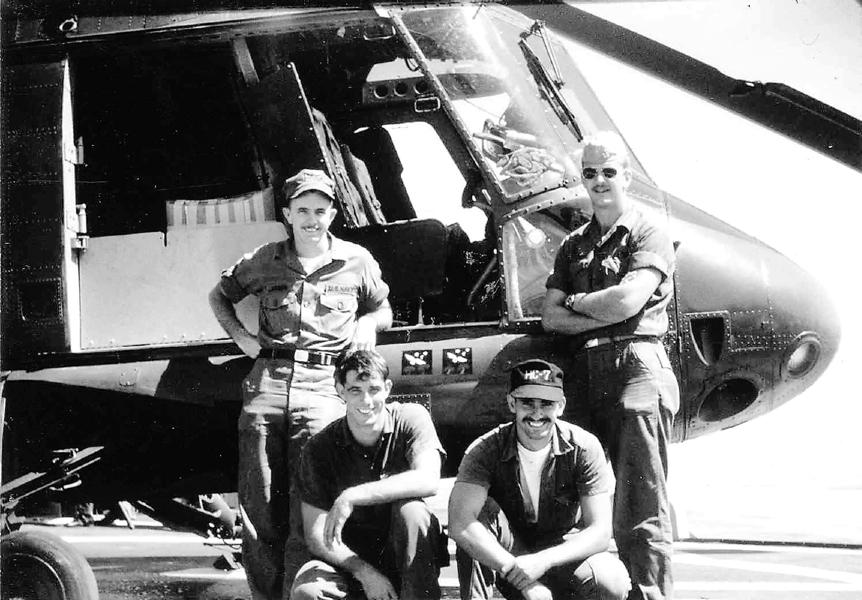
Holtzclaw and Burns were on a hillside covered with very tall trees, making it impossible for the Seasprite to land. Parachute flares dropped by supporting aircraft illuminated the area. The pickup would have to be made using a “jungle penetrator” attached to the helicopter’s rescue hoist. But the single-engine helicopter was already fully loaded with its four-man crew and their weapons and ammunition. It could not pick up both fliers while hovering out of ground effect above the trees. Lassen ordered his co-pilot to dump fuel to reduce the weight.
As Lassen hovered into position to make the hoist pickup, the overhead flares went out, leaving the jungle totally dark. Unable to see, Lassen collided with a tree causing damage to the horizontal stabilizer and the right side cabin door. He narrowly avoided a crash.
Clementine Two moved away while they awaited the arrival of another flare aircraft. They were soon engaged by enemy ground fire and the helicopter gunners returned fire with their M-60 machine guns.
On several occasions, Lassen landed the SH-2A in a rice paddy to pickup Holtzclaw and Burns, but enemy gunfire prevent them from reaching the helicopter, which repeatedly had to pull back.
Finally, the crew of Root Beer 210 found their way to the bottom of the slope and Clementine Two landed in a rice paddy about 60 yards (55 meters) away. A fierce firefight between the North Vietnamese soldiers and the gunners of the Navy helicopter took place. Lassen held the Seasprite in a hover to prevent it from sinking into the mud. The gunners jumped down to assist Holtzclaw and Burns aboard. As soon as they were loaded, Lassen immediately took off and left the area, climbed to 4,000 feet (1,220 meters) and headed toward the South China Sea, twenty miles (32 kilometers) away. The helicopter had only thirty minutes of fuel remaining. During the flight, the right cabin door, which had been damaged when the helicopter hit the tree, came off and fell away into the darkness.
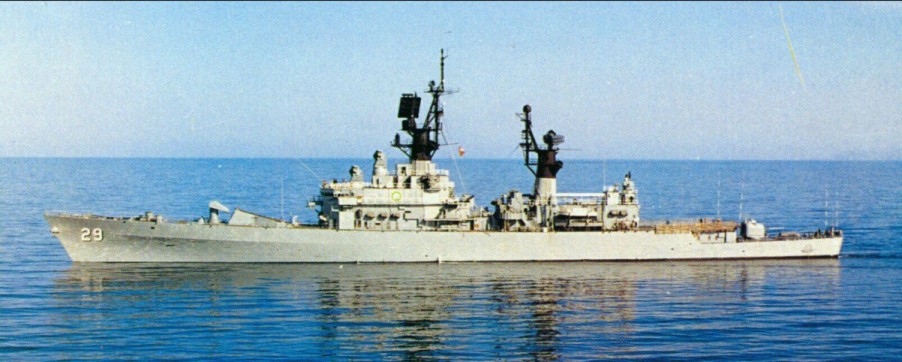
Clementine Two was too far away to make it back to Preble, so they turned toward USS Jouett (DLG-29). Commander Destroyer Squadron One, Captain Robert Hayes, commanding Jouett, turned his ship toward the shore and proceeded at full speed, turning on all of the ship’s lights so that Lassen would be able to find it. Jouett came within 3 miles (4.8 kilometers) of the beach. With almost no fuel remaining, Lassen made a straight-in approach and landing.
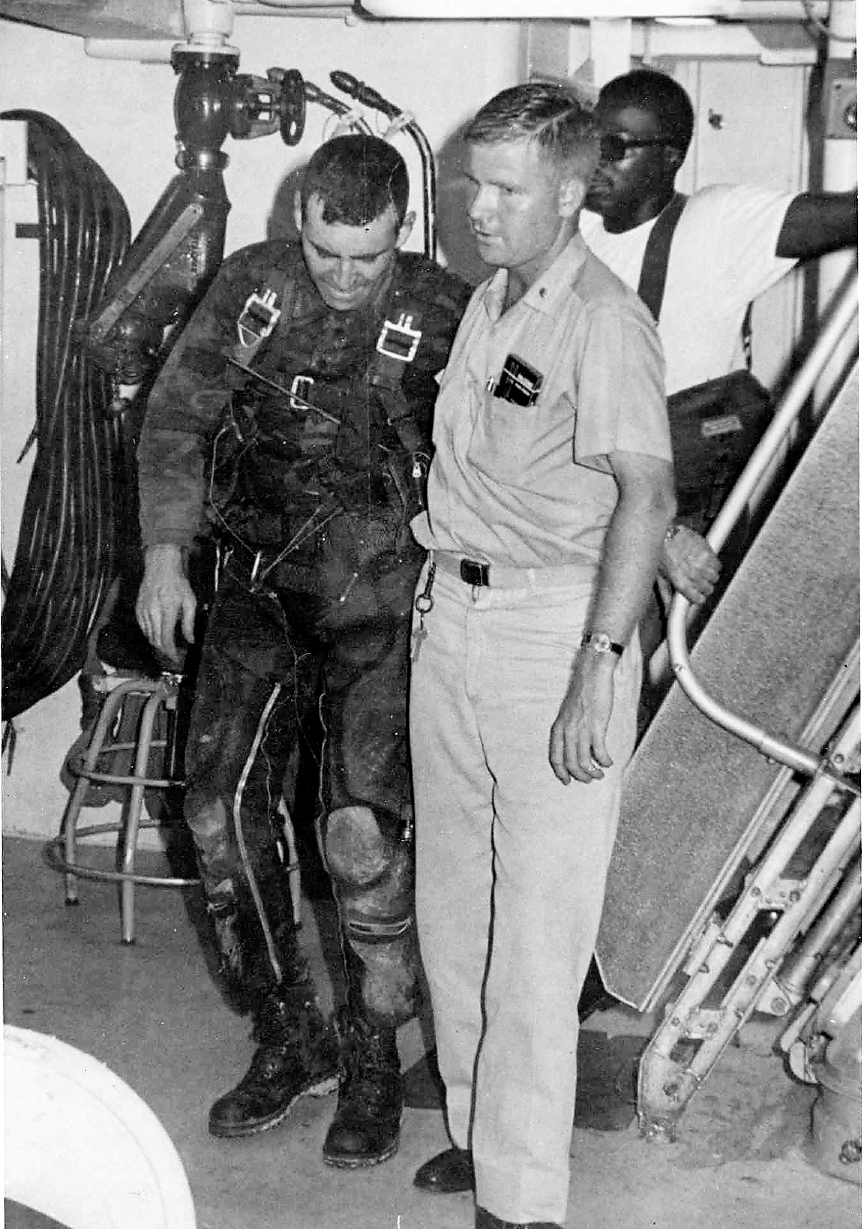
For his actions on 19 June 1968, Lieutenant Clyde Everett Lassen was awarded the Medal of Honor. Lieutenant (j.g.) LeRoy Cook received the Navy Cross. AE2 Bruce Dallas and AE3 Don West each received the Silver Star.
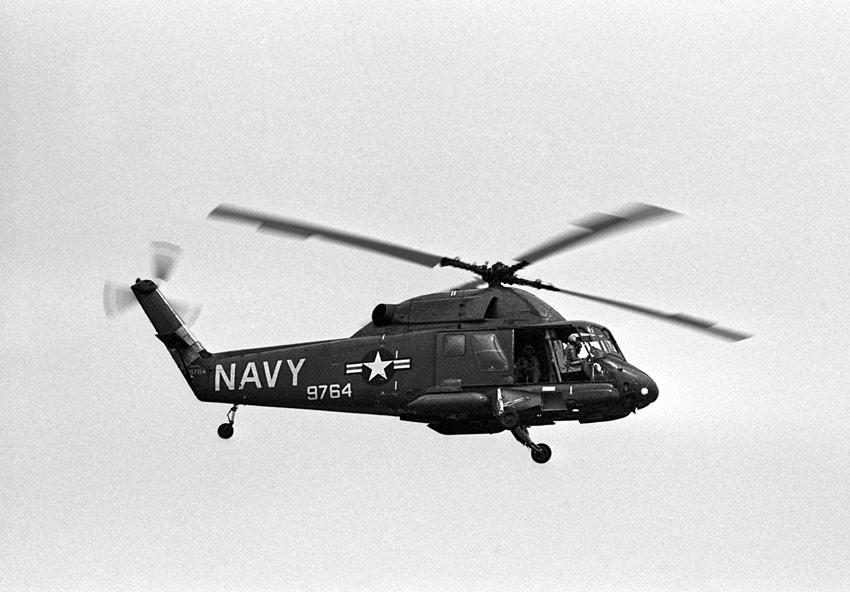


The SH-2A Seasprite has a Hover Ceiling Out of Ground Effect (HOGE) of 4,600 feet (1,402 meters). With a crew of four, the hover ceiling is reduced to 2,800 feet (853 meters). Its service ceiling is 15,000 feet (4,572 meters).
The SH-2A has a cruise speed of 125 knots (144 miles per hour/232 kilometers per hour) and a maximum speed of 140 knots (161 miles per hour/259 kilometers per hour) at Sea Level. Its combat radius is 125 nautical miles (144 miles/232 kilometers). The maximum range is 465 nautical miles (535 miles/861 kilometers).
Clementine 2 was armed with two M60 7.62 mm machine guns.
88 UH-2As were built 1959-1960, before production shifted to a twin-engine variant.
Seasprite 149764 was lost in the South China Sea, 7 January 1969.
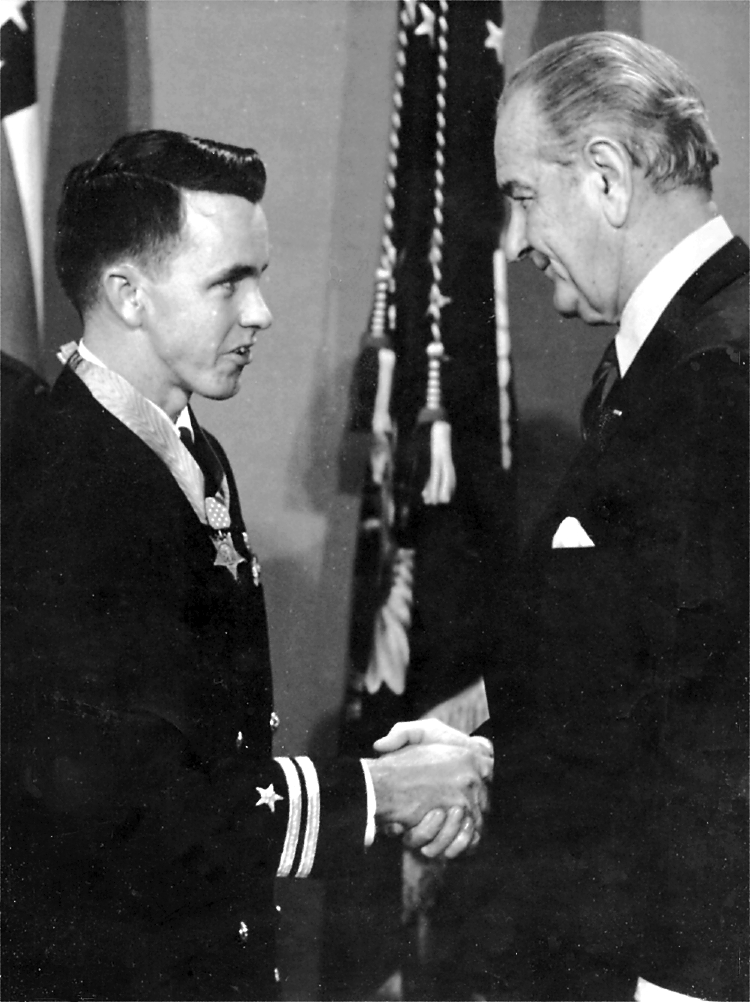
Clyde Everett Lassen was born at Fort Myers, Florida, 14 March 1942. He graduated from Venice High School, Englewood, Florida, in 1960.
Lassen enlisted in the United States Navy, 14 September 1961. He served as an Aviation Electronics Technician, 3rd Class (AT3). In 1964, he was accepted as a Naval Aviation Cadet at NAS Pensacola. On completion of flight training, Lassen was commissioned an ensign and awarded the wings of a Naval Aviator.
Ensign Lassen married Miss Linda Barbara Sawn in October 1965.
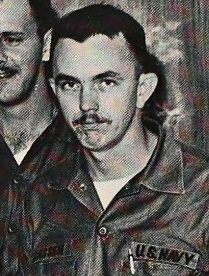
He was promoted to lieutenant (junior grade), 16 December 1966, and to lieutenant, 1 July 1968.
President Lyndon Johnson presented the Medal of Honor to Lieutenant Lassen at a ceremony at The White House, 16 January 1969.
Lieutenant Lassen was promoted to the rank of lieutenant commander 1 August 1972, and to commander, 1 July 1975. Commander Lassen retired from the U.S. Navy in December 1982.
Commander Lassen donated his Medal of Honor to the National Naval Aviation Museum 19 June 1993.
Commander Clyde Everett Lassen, United States Navy, died 1 April 1994 at Pensacola, Florida. He was buried at the Barrancas National Cemetery at Pensacola.
